There's something like 80 "cells" for the nuns. Most had a small living/bedroom and a kitchen, probably with enough space for a couple of slave girls. The nuns swore/swear to have almost no contact with the outside world, and live an austere life under God, or however they'd say it. There's also talk of a vow of silence, but I'm sure they must talk sometimes... However, it used to cost what I assume to be a decent sum of money (a letter from a father of a girl who wanted to join a couple of hundred years ago mentioned 600 pesos, what would otherwise be her dowry. Wiki says this is roughly USD150,000), and was really only something richer girls' families could afford. No idea how it is now, but there's definite signs of how well-off the nuns were in many of the unused cells that're open to the public.
From here the nuns had limited communication with the outside world. There was also a little sneaky-fireplace-style rotatey thing they could use to exchange whatever it was they wanted sent in or out.
No good Christian establishment would be complete without some representation of the last supper.
18th-century "modesty cloth" (I'm sure there's a better name), with some nice hand-made lace.
hmm, I thought the little placard was describing the flower. Turns out it's for the cloak on the left, the border of which is made from silver thread and sequins, on velvet.
There was a little art exhibition, entitled (I think, in Catalan) "The Song of the Sun" in a couple of the rooms. Below are some examples of what there was. There was probably at least 15 almost identical variations on each of these paintings. I guess that's modern art for ya...
There was a bunch of these around the place, with the water seeping through the permeable rock above into the bucket below. Not sure what they were. Timers?
We also found the world's smallest door.
Tunnel to the novitiate.
Novices' courtyard. It looks like the drainage pipes for the roof directly water the planters around the sides. Clever.
Jesus is watching.
There was like 60 or 70 of these paintings. Many were variations on this one (this one's "Friendly Mother;" there was also "Mother of Jesus Christ," "Mother of the Divine Grace," "Very Pure Mother," "Very Virtuous Mother," and so on...
"The Gates of Heaven." The Fence of Heaven not shown.
Novices' Chapel. Even this is decorated with gold leaf.
After the novitiate, we went to the Orange Tree Cloister.
OG kitchen, pretty standard for what we saw, but simple.
Not sure what the hell this thing was either.
Room for wakes, with paintings of nuns from the 17th through 19th centuries.
I guess people take a lot of photos here...
Throne of a nun.
Base of the Throne.
Slightly fancier kitchen than the one before.
One of the simpler bedroom arrangements.
Naturally there was a gift shop, well-stocked with nativity scenes for whatever ethnicity you happen to be:
Piano that was brought over from London. Wish I could play...
They really did have some baller wardrobes.
The eponymous orange trees.
Eucharist wafers that the monastery used to produce and sell. Perhaps they still do.
No idea what this thing is either. Old-school washing machine?
Eucharist wafer iron.
To the white area!
Earthquake-damaged part.
Phoney chickens in the cafe.
There was some fucking nice china on display around the place.
Altar in one of the cells.
The monastery's original laundromat.
They'd use a rock to divert the water into the tub. Mum thought her hand'd do. Worked ok.
I was pretty keen to see the cemetery, but it wasn't to be.
All the streets (I believe there were 6) were named after Spanish cities.
Not sure what these guys were for either.
Service entrance.
Cool caketin or something in the main kitchen.
Was so tempted to spin this thing.
Looking over some more earthquake-damaged bits to the main chapel.
We almost didn't go in this cell, having already seen too many, but were told to by some other tourists for the surprise at the back.
"Baths"
This is in the cell of the Blessed Mother Ana de los Angeles Monteagudo.
Among these objects are 2 bishops' hearts, and another's tongue.
Dining hall for the nuns. During their meals passage of the lives of the saints were read from the pulpit on the right.
I don't think there was anyone on the other side...
This was the closest we could get to actually going inside the main chapel, in the back.
There was a rather impressive gallery of art from the Arequipa Art School.
Including the standard religious imagery...
This guy has a hair-coat, made from his own hair. Hero.
Old monstrance (look it up, I don't understand what the hell it's for, something to do with the Eucharist).
Fancy candelabrum used during Holy Week.
I think if you get a guide for the Monastery they take you around in about an hour or a bit more. We spent at least 3 hours exploring in there, it was hella interesting. The level of luxury displayed was ludicrous, especially as I was expecting it to be pretty spartan overall. Apparently in 1871 the Pope sent a strict nun to reform the place, and she sent a lot of the riches back to Europe (nevermind stopping being hypocritical and selling it to give money to the poor), and freed the slaves and servants. Probably quite well-justified, though who knows if what's left there today is just what she allowed to remain, or if they got some back when they tourist-ified the place since its near-destruction in the 60's at the hands of God.
In any case, if you're ever anywhere near Arequipa I'd recommend a visit, the whole thing was pretty stunning, and if the sun's out it's a nice way to pass a few hours.
When we were done in the monastery, we whiled away the afternoon before heading to bed early-ish in advance of our tour to the Colca Canyon, which I'll write about later.




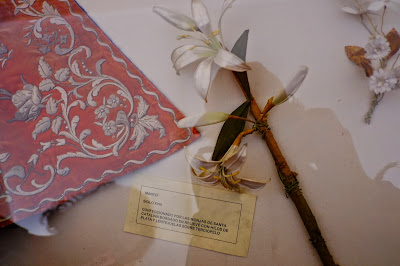

























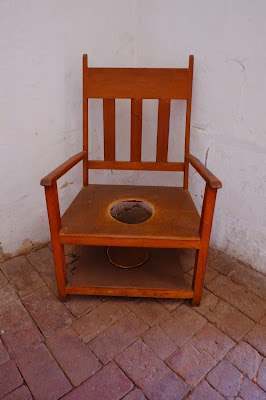

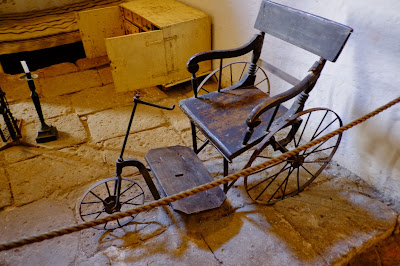










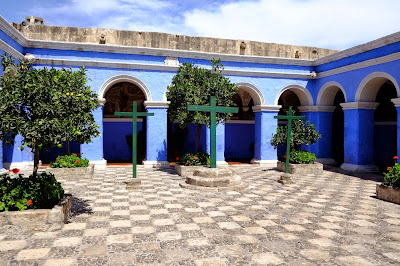






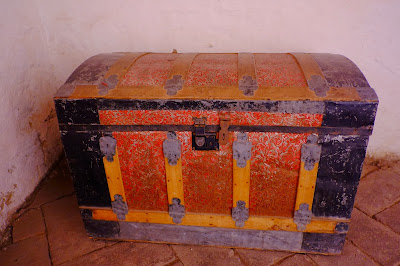















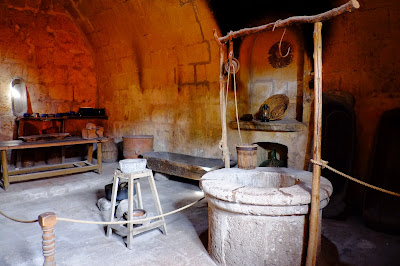

























No comments:
Post a Comment